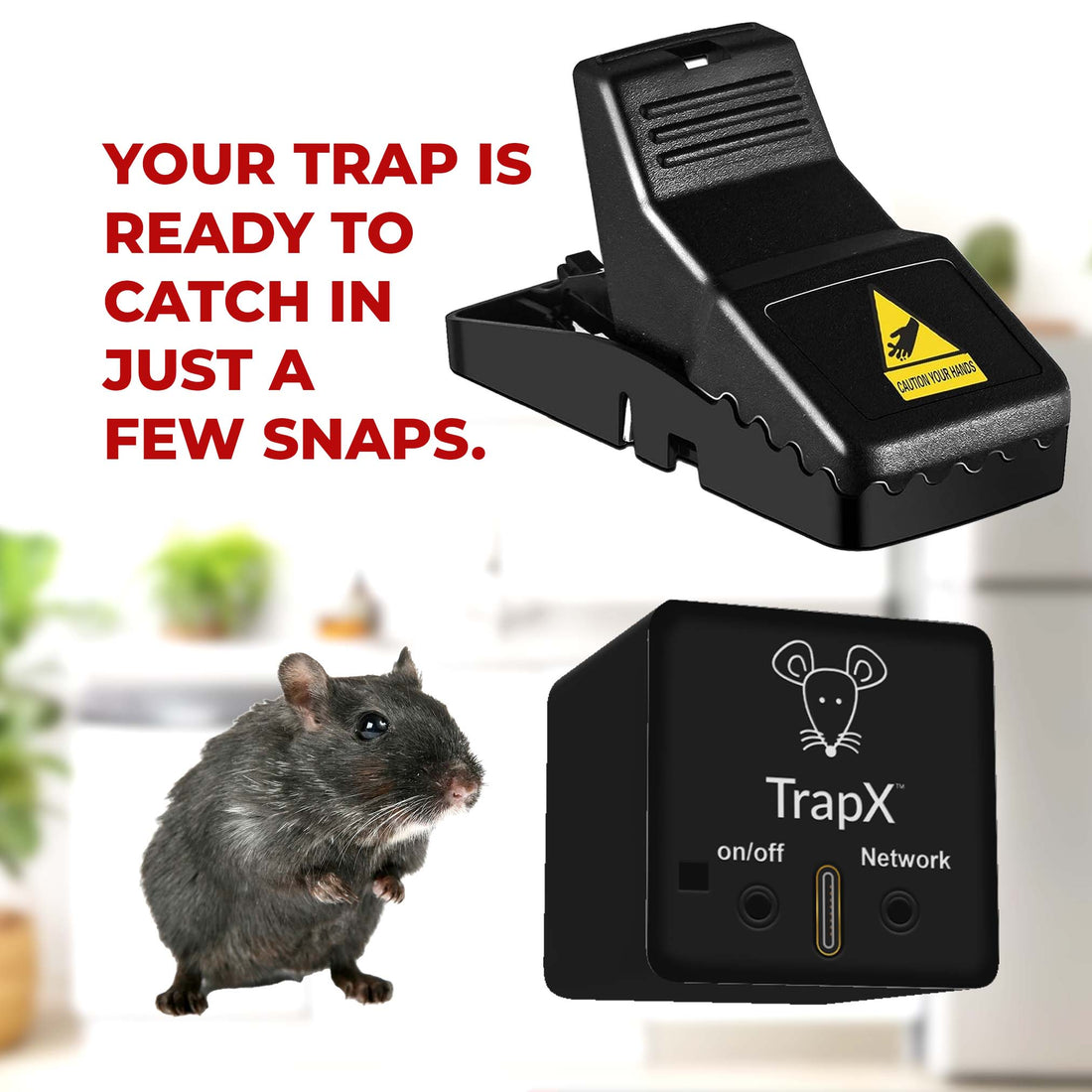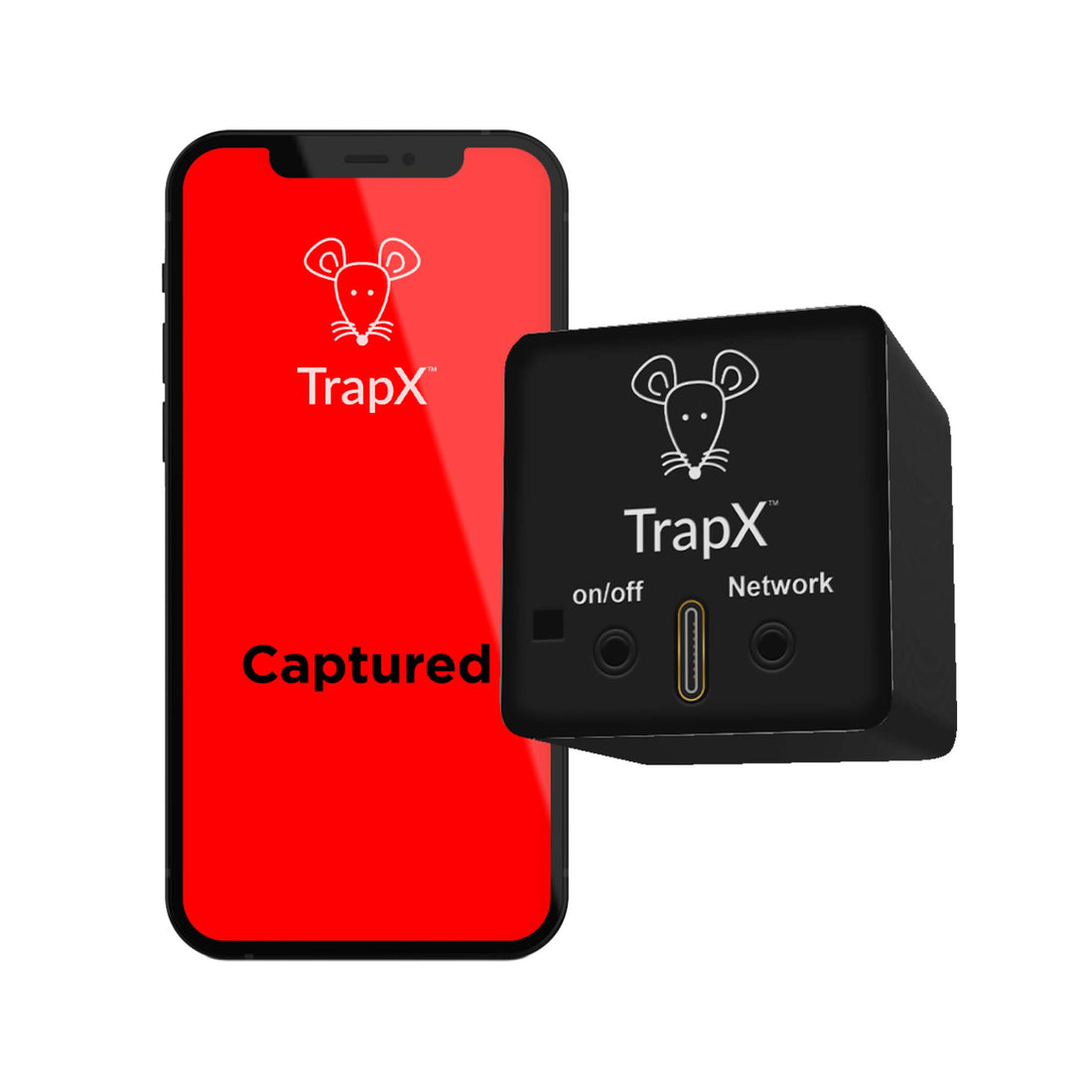The Ultimate Guide to Smart Rodent Solutions: Keeping Your Home Rodent-Free
Share
Rodents are unwelcome guests that can wreak havoc in your home. Whether you're dealing with mice, rats, or other small pests, finding an effective solution is crucial. In today's world, traditional rodent control methods are being replaced by more innovative and humane options. In this comprehensive guide, we'll explore the concept of a 'smart rodent solution,' discuss various techniques and technologies, and help you make informed decisions to keep your home rodent-free.

Understanding Rodent Behavior
Before diving into smart solutions, it's essential to understand rodent behavior. Rodents are nocturnal creatures that are constantly searching for food, water, and shelter. They have an incredible ability to squeeze through small openings and are excellent climbers. Understanding their habits and behavior patterns can help you implement effective control measures.
Common Types of Rodents
- House Mice: Small, agile, and curious, house mice are the most common rodents found in homes. They can reproduce rapidly, making them challenging to control once they've established a presence.
- Norway Rats: Also known as brown rats, these rodents are larger and more aggressive than mice. They are excellent burrowers and can cause significant damage to structures and food supplies.
- Roof Rats: These rodents prefer elevated areas and are often found in attics and trees. They are excellent climbers and can cause damage to electrical wiring and insulation.

The Rise of Smart Rodent Solutions
Traditional rodent control methods, such as traps and poisons, have been used for decades. However, these methods come with various drawbacks, including the risk of harm to pets and children, the need for constant monitoring, and the potential for inhumane treatment of the pests. Smart rodent solutions offer a more effective and humane alternative.
What is a Smart Rodent Solution?
A smart rodent solution utilizes advanced technology to detect, monitor, and eliminate rodents in your home. These systems often include sensors, cameras, and automated traps that can be controlled remotely through a smartphone app. The goal is to provide a more efficient, safe, and humane way to manage rodent infestations.
Benefits of Smart Rodent Solutions
- Real-Time Monitoring: Smart rodent systems can provide instant notifications when a rodent is detected, allowing you to take immediate action. Learn more about instant notifications.
- Remote Control: Many smart solutions allow you to control traps and other devices from your smartphone, making it easier to manage the problem without constant supervision. Explore smart home technology.
- Humane Treatment: These solutions often prioritize humane methods of trapping and releasing rodents, reducing the risk of harm to the animals. Read about humane pest control.
- Reduced Chemical Use: By minimizing the need for poisons and chemicals, smart rodent solutions are safer for your family and the environment. Discover more humane solutions.

Popular Smart Rodent Solutions
There are several smart rodent solutions available on the market today. Here are some popular options:
Smart Traps
Smart traps are designed to capture rodents without harming them. These traps often include sensors that detect when a rodent has entered and trigger the trap to close. Some models also have cameras that allow you to monitor the trap remotely. Check out humane solutions.
Rodent Repellents
Electronic rodent repellents use ultrasonic sound waves to deter rodents from entering your home. These devices are safe for humans and pets but are highly effective in keeping rodents at bay.
Integrated Pest Management (IPM)
IPM is a holistic approach to pest control that combines multiple strategies to manage rodent populations. This method includes habitat modification, exclusion techniques, and the use of smart technology to monitor and control rodent activity.
Implementing a Smart Rodent Solution in Your Home
Now that you're familiar with the benefits and options available, let's discuss how to implement a smart rodent solution in your home.
Step 1: Identify Entry Points
The first step in any rodent control plan is to identify and seal entry points. Conduct a thorough inspection of your home, paying close attention to gaps around doors, windows, and utility lines. Sealing these gaps will prevent rodents from entering your home in the first place.
Step 2: Set Up Smart Devices
Once you've sealed entry points, it's time to set up your smart rodent devices. Place traps and sensors in areas where rodent activity is most likely, such as the kitchen, pantry, and basement. Make sure to follow the manufacturer's instructions for optimal placement and operation.
Step 3: Monitor and Adjust
Regular monitoring is crucial to the success of your smart rodent solution. Use the smartphone app to receive notifications and check the status of your traps. If you notice an increase in rodent activity, consider adjusting the placement of your devices or adding additional traps as needed.
Step 4: Practice Good Hygiene
Maintaining a clean and clutter-free home is essential for preventing rodent infestations. Store food in airtight containers, clean up spills promptly, and dispose of garbage regularly. Reducing food and water sources will make your home less attractive to rodents.
Conclusion
Smart rodent solutions offer a modern and humane approach to keeping your home rodent-free. By understanding rodent behavior and utilizing advanced technology, you can effectively manage and prevent infestations. Whether you choose smart traps, electronic repellents, or an integrated pest management strategy, these solutions provide a safer and more efficient way to protect your home. For more information on smart rodent solutions, visit our website.
References
Centers for Disease Control and Prevention - Rodents
May20.chat.5pass.general public.smart rodent solutionAs an Amazon Associate, I earn from qualifying purchases.
